Money Spent By India on Jammu & Kashmir
On the 8th of July 2016, the Indian Army killed Burhan Muzaffar Wani, commander of Kashmiri militant group Hizbul Mujahideen. At the time of his death, he was 21 years old and the Government of India had announced a bounty of INR 1 million. The death caused widespread unrest in the Kashmir Valley which claimed 43 lives. As usual in New Delhi, the Print and Electronic media started a debate citing the Kashmir situation being wrongly handled by the Indian Government. They claimed that it is due to lack of opportunity, infrastructure, poverty and Army injustice that youth in the valley end up becoming militant. Some news channels hailed Burhan Wani as the local hero and condemned the killing saying many Kashmiri youths will follow the path of Burhan. A few blamed the draconian AFSPA that gives much-needed power to the Indian Army to operate in the Kashmir Valley. We decided to find out if seriously there is a lack of infrastructure and opportunity in the valley. How much money is spend by Central Government on the state of Jammu & Kashmir and what is returned by the state to the Indian Union?
Qucik Navigate:
Political Division of State of Jammu & Kashmir
The total area covered by Jammu & Kashmir is 2,22,236 Km2. Out of this total area, India controls an area of 1,01,387 km² and the rest of the area is under forceful occupied by China and Pakistan. The area under the control of India can be divided into three main geographical regions, Kashmir Valley (15,948 km²), Jammu Region (26,293 km²) and Ladakh Region (59,146 km²). Out of these three regions, the Kashmir Valley is the smallest one and it creates the main problem for both the Indian Government and Indian Army.
Also Read: Mistakes of Jawahar Lal Nehru & History of Kashmir Issue
The condition of Law & Order in Jammu, Ladakh and Kashmir Valley
The Kashmir valley is famous for its beautiful mountainous landscapes. Jammu is famous for numerous shrines which attract thousands of Hindu pilgrims every year. Ladakh is renowned for its remote mountain beauty and its Buddhist culture. It is unfortunate that Pandit Jawaharlal Nehru (First Prime Minister of India) took this area as “Where not a blade of grass grows”. Both Jammu & Ladakh region remain peaceful and the real problem of militancy is faced in the Kashmir Valley which accounts for the lowest area and highest Muslim Population. The current unrest was caused by the death of Burhan Wani but this type of civic unrest is common in the Kashmir Valley. Be it the Execution of Afzal Guru in 2013 or Amarnath Land Transfer Controversy of 2008. It is the people living in the Kashmir Valley who create a nuisance by raising the Anti-India slogan, giving shelter to militants and pelting stone on the Indian Army.
The contribution of the Indian Government for the development of State of Jammu & Kashmir
People living in the Kashmir Valley are the focal point of law and order disturbances, though they are benefitted most by the money spent by the Indian Government. Many times people living in Kashmir Valley make excuses that they don’t have enough opportunity or lack of development in the area but it is to be noted that they are at the receiving end. Most of the funds allocated to the state are diverted to the Kashmir Valley. Here are a few examples:
- A Kashmiri gets eight times more money from the Indian Government when compared with citizens from other states of India. In 1992-93 the per capita assistance to other states was Rs 576.24 and in 2000-2001 it was Rs 1,137. The same per capita for Kashmiri was increased from Rs 3,197 to Rs 8,092 in the same time duration. The Central Assistance can be simplified as if the Central Government provides assistance to each Kashmiri Family (with five members) then each family would get 40,460 Rs/year.
- In the year 1980, the number of people living below the poverty line in Kashmir was 24.24% which dropped to 3.48% in the next 20 years. The current national average for people living below the poverty line in the rest of India is 26.10%.
- The Government of India provides assistance to every Indian state by means i.e. Loans and Grants. Jammu & Kashmir get 90% of the money as a grant and 10% as a loan. For the rest of India, it is 70% as loan and 30% as a grant.
- In the year 2001, the GDP of India was $494 Billion. In this GDP the contribution from Kashmir Valley was less than 1%.
- The government of India provided a monetary grant of Rs.35,571 crore to Jammu & Kashmir between the years 1990 to 2002. Also, it provided a grant of Rs 38,156 crore between 2003 and 2008.
- People living in the Kashmir Valley talk about Azadi. I do not understand what type of Azadi they want knowing the fact that the state cannot sustain without help from the center. In the year 2000-2001, the state spent Rs 7,516.6 crore of which Rs 4,577 crore or 60% of the money came from the Central Government. Also, it is to be noted that in the same year the state’s non-development expenditure was Rs 2,829 crore including a salary bill of Rs 1,193 crore while its own revenues were barely Rs 1,095 crore. The state could not have paid even the wages of its employees without the Centre’s help (remember Burhan Wani’s father is a Govt. Employee).

- The State revenue plus share of central taxes is Rs 10,242 crore (2011-12) and Rs 14,734 crore (2013-14) which is nearly 50 percent of revenue expenditure of Rs 22,680 crore and Rs 27,617 crore respectively.
- The Central Government has funded a sum of Rs 25,000 crore for development projects in the valley. Excluding this, Jammu & Kashmir receives grants from the Centre amounting to Rs 1,51,321 crore. This amount excludes the expenditure done on railways, roads and power projects.
- Jammu & Kashmir’s annual income is Rs 6,500 crore while the State’s annual liability on staff salaries is Rs 13,500 crore. The annual income of the state is way behind the salaries of the State, forcing it to be totally dependent on financial assistance from the Central Government.
- The per capita consumption expenditure in Jammu & Kashmir has increased from Rs 134 per month in the 1980s to Rs 746 in 2000. It is to be noted here that the security-related expenditure incurred by the state is reimbursed by the Centre. Moreover, the Central Government also pays for the financial assistance to Kashmiri migrants and ex gratia paid to people killed in terrorist attacks.
- As mentioned above that the state gets 90% of the money as a grant and 10% as a loan, the CAG has reported misuse of funds by the state government. Since then the criteria for repayment of 10% money received as the loan has been omitted and Center has been funding the entire money as a grant.
- During the 2014 Kashmir Floods, Rs 1900 crore aid was provided to the state. Also, 82 aircraft and helicopters, 10 battalions of Border Security Force, 329 columns of Indian Army and 300 boats were used in the rescue operations.
Till now we have discussed the money provided by the Central Government. Now let’s see the money the Indian government gets back in terms of taxes.
- In 2007-08 the state contributed Rs 533 crore as direct taxes to the Centre and received Rs 1,471 crore from the Central tax kitty and Rs 8,962 crore in grants. Further in 2013-14, the net collection of income-tax was only Rs 961.2 crore as against the share of Central taxes of Rs 4,514 crore. It is to be noted here that Centre Service Tax is not applicable in Jammu & Kashmir.
Development Projects Carried By Indian Government in the State of Jammu & Kashmir
- Work is in progress on Udhampur-Srinagar-Baramulla Rail Link and it costs Rs. 3,564 crore. The route also features the world-famous Chenab Bridge (under Construction) which on completion will be the world’s highest rail bridge.
- The Government of India is also spending money on the construction of roads. For example, Rs 1,700 crore was allotted for NH 1-A Project, Rs 1,200 cr for Batote-Kishwar-Singhan Pass and Rs 1500 crore for Leh via Manali Road.
- The government has invested Rs 16,000 crore for Salal Power Project, Rs 921.21 crore for Dulhasti Hydro Project and Rs 4,279 crore for Uri Project. NHPC is planning to spend a whopping amount of Rs 3,300 crore on seven other projects.
- The state is known for its scenic beauty and tourism industry. You would be astonished to know that an amount of Rs. 115 crore was spend on Dal Lake Cleanup. Apart from this Rs. 100 crore was spent on 82 tourist facility projects.
Discrimination with Jammu Region, Ladakh Region, and Kashmiri Pundits
Till now we have mentioned what the state of Jammu & Kashmir receives from Indian Government. The sad part of the story is, the money received in grants is not distributed properly and Kashmir Valley gets a Lion’s share from Central Assistance. Here are some examples:
- As mentioned in the beginning Kashmir Valley has only 15% of the total area of Jammu & Kashmir. Kashmir Valley has 7,129 km or 52% of total roads of the state whereas the Jammu Region has 4,571km of roads and Ladakh has only 1,840Km.
- According to the Institute of Chartered Accountants of India, of the 308 CA’s who hold a Certificate of Practice in J&K, 24 percent are from Kashmir and 69 percent are from the Jammu region.
- Sales tax collected in Jammu &Kashmir from 1975-2007 was Rs 3,550 crore out of which Jammu Region contributed 70 percent.
- The unemployment rate in Kashmir Valley was less than 30% and it was 69.75% in Jammu Region. There were 199 gazetted officers, of which the share of Jammu was 41 percent. Non-gazetted officers were 1,041, in which the share of Jammu was 26 percent. Fourth class employees were 363 in number, and the share of Jammu was 29 percent. These are alarming figures that the Center is neglecting.
- A scrutiny of the MBBS/BDS selection lists of the last 27 years reveals that the Jammu’s share in the state’s medical colleges declined from 60 percent in 1990, 52 percent in 1991 and 17 percent in 1998.
- The Kashmiri Pundits under the Community Participation Scheme (CPS) got a monthly wage of Rs 500. The corresponding figure for Kashmiri was Rs 2,100 (2001-2002).
This data is enough, to sum up, the whole picture. Kashmir Valley contributes negligible sums to the state treasury but accounts for the bulk of the expenditure. The state has received more grants than any other state in India since 1995. Jammu & Kashmir politics is all centered on Kashmir and the Kashmiris. All Chief Ministers have been Kashmiri with the bulk of the state and national funding being spent in Kashmir valley. Burhan Wani’s father, who is convinced of the righteousness of his son’s mission shows one thing that Anti-Indianism has become a fashionable trend in Valley (also in other parts of India like JNU, Jadavpur University) and Security forces and the AFSPA are blamed for this. But here we forget one thing unless a country militarily is strong no one is going to respect the country. USA and Russia are superpowers not because of Gross National Happiness but because of the supremacy of their Army and the security, it delivers. We made the same mistake in the last 700 years and we were ruled by Mughals and British and it seems that we are eager to repeat the same mistake again.
Unfortunately, most sections of the media, journalists and the Government is obsessed with Kashmiri and the Sunni Muslims residing in the Valley. The channels in their debates feature person only from the valley and they forget that Kashmiri pundits, Buddhists, and other people also belong to the same state. No opinion is framed by discussing Armed Force personnel’s as if they don’t have Human Rights and Human Right is only associated with Kashmiris.
At last, we can only say no nation can have two laws and rules for national citizenship. It is against the constitution of India which promotes “Equality of Status and Opportunity”. If no firm action is taken against separatists and Hurriyat leaders then we are not only a “Soft State” but a “Failed State”. Our country is threatened both externally (Pakistan & China) and internally (Pro-Pakistan Slogans, JNU incident) and if we the citizens of India refuse to protect our nation than the sacrifices by our freedom fighters for the independence of nation will go in vain.

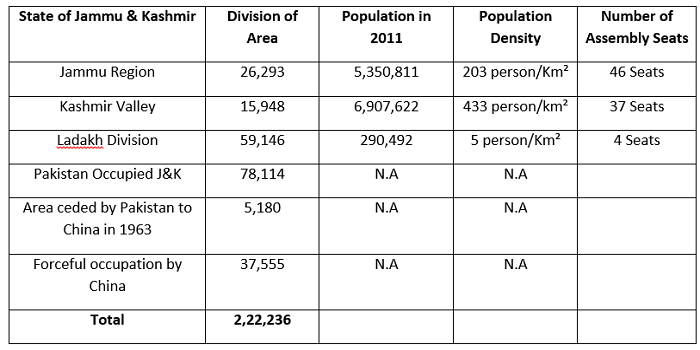
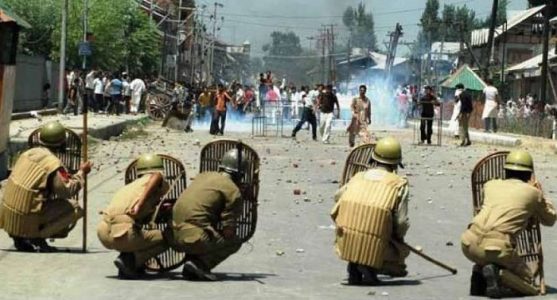
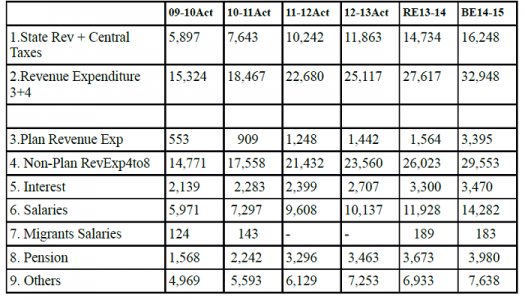
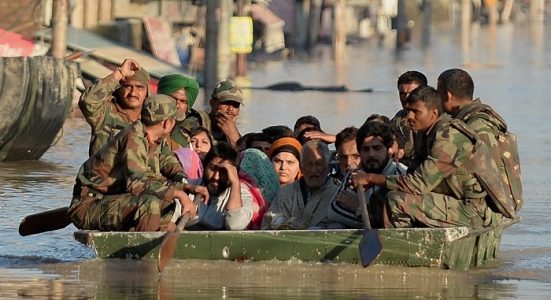
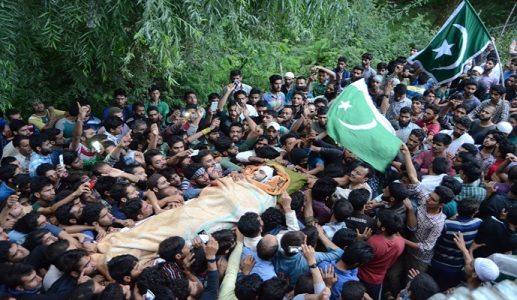

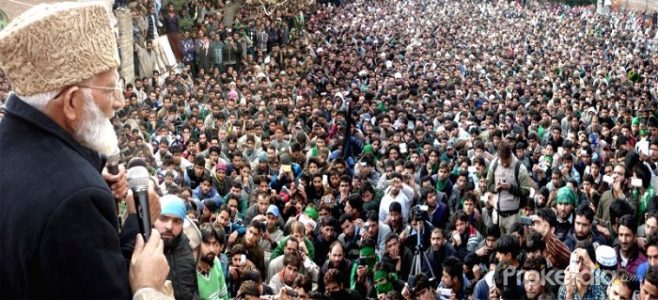
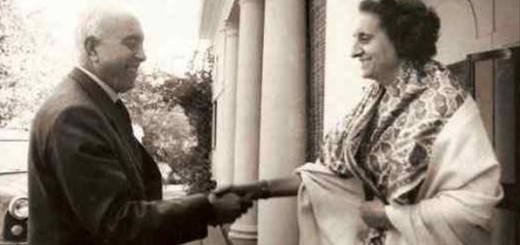
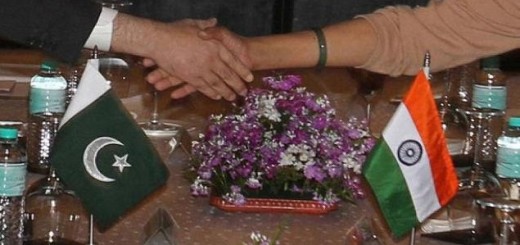
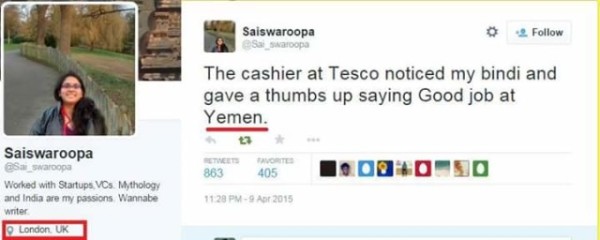

If it is liability on India why doesn’t India leave it. It is not disturbance but a freedom movement guaranteed by United Nations Resolutions
Don’t u knw that India is soverign country……….dat means none of external power will interfere in INDIAN country…..after 26jan 1950……..wen HEAD of our own nation was elected……..which ….PRESIDENT………WHO D HELL UNO……WILL INTERFERE IN OUR NATION……..DTS BECAUSE OF SOME BULL….SHITS THAT WE ARE ALLOWING…..EXTERNAL PEOPLE TO INTERFERE IN OUR HOMELY MATTERS…….
BECAUSE ….DESE PEOPLE HAVE FORGOTTEN THE …….FRATERNITY…….
WE ARE NOT KASHMIR……WE ARE NOT JAMMU………WE ARE THE UNITED INDIA…….
HI
we kashmiris are not any threat to any innocent human in the world.what india and pakistan in doing is wrong(see human right voilation in kashmir) dont go on the side of ur national media,which avoid the kashmiri opinion.just interview in kashmir.
very very useful information to everyone.